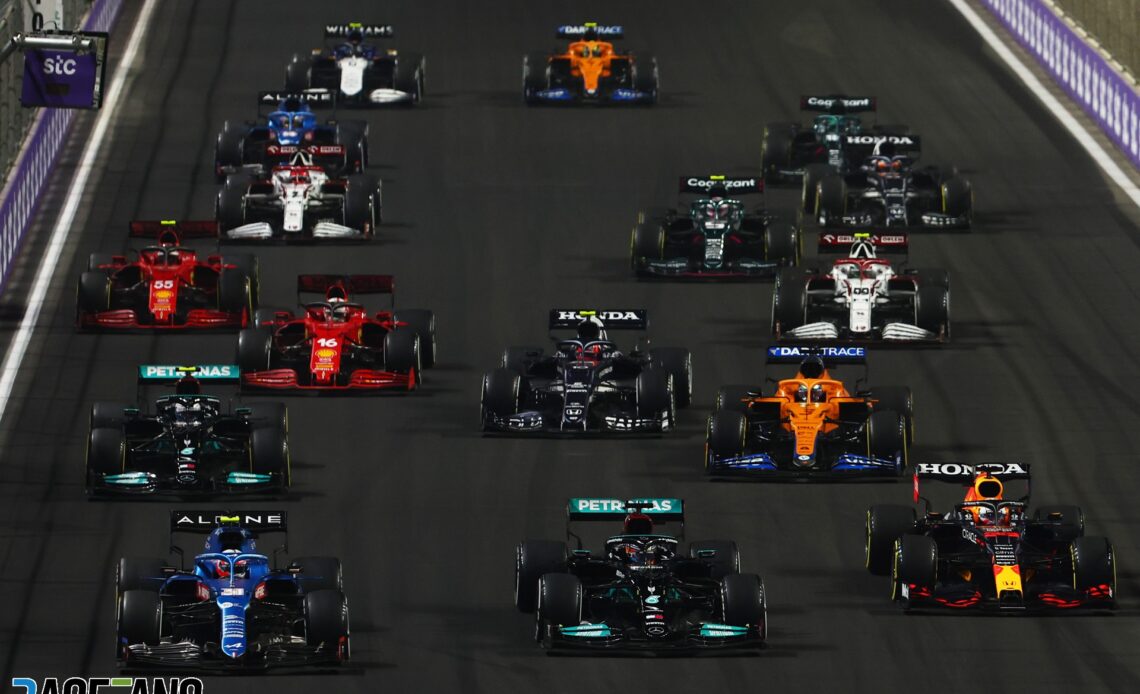Formula 1 used to be so simple: the FIA’s sporting arm made the rules and governed them, race promoters – who held the television rights for events staged on their property – applied to the FIA to host world championship rounds and offered start and prize monies based on teams’ crowd-pulling appeal, and teams decided whether to compete, having built or bought compliant cars. The driver who scored the most points was world champion.
The constructors’ championship was more complex, yet still simple to understand: first awarded in 1958 as ‘International Cup for F1 Manufacturers’, points were scored by teams who built and entered their own cars. This requirement was, though, ‘bent’ in 1969 when Tyrrell co-operated with Matra to win the title, but there were no doubts the operation was the de facto Matra ‘works’ team. The combined rule books ran to 20 pages.
Compare these early situations to today. For starters, a commercial rights holder (which began as a teams’…

